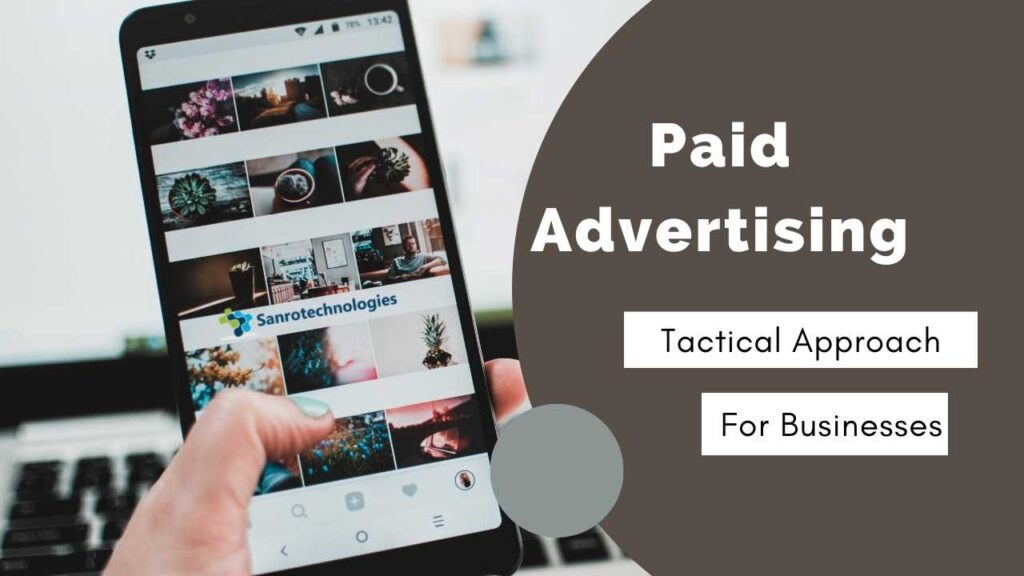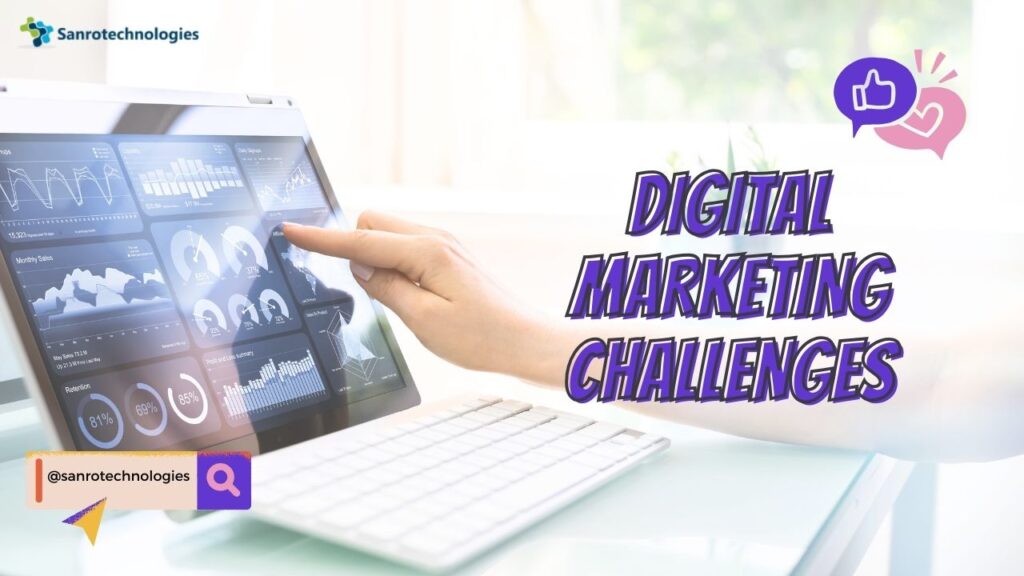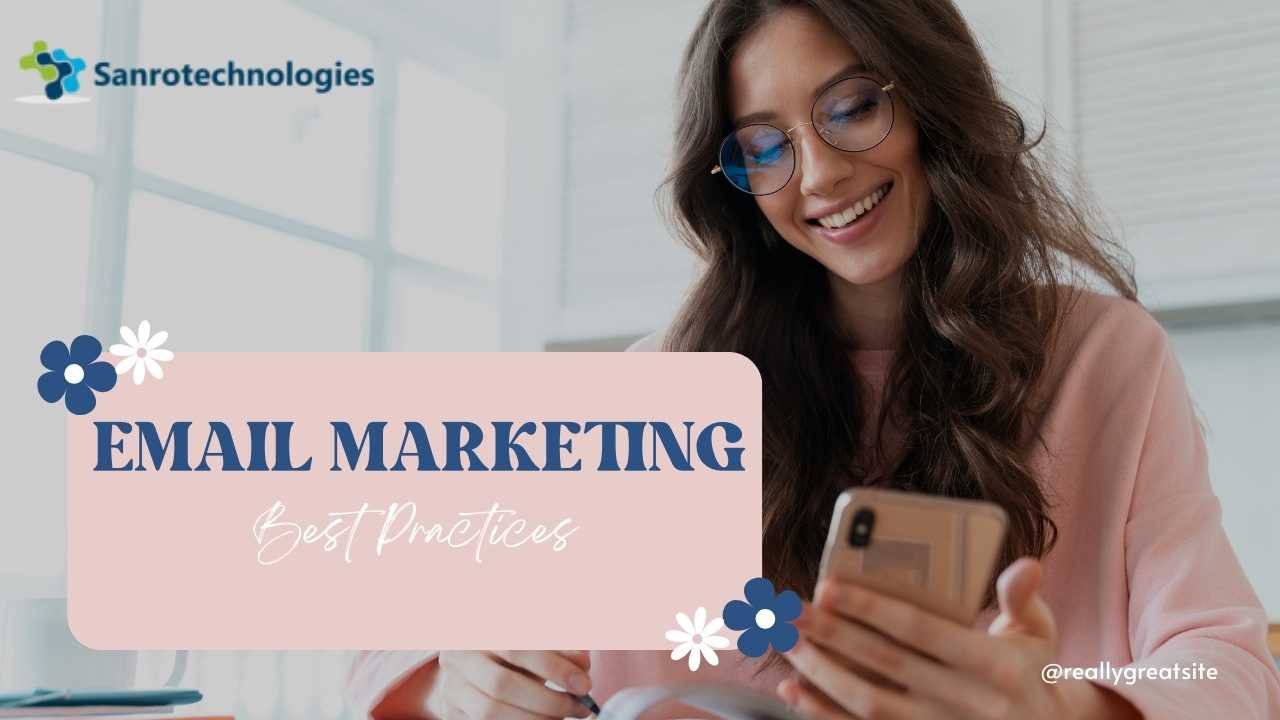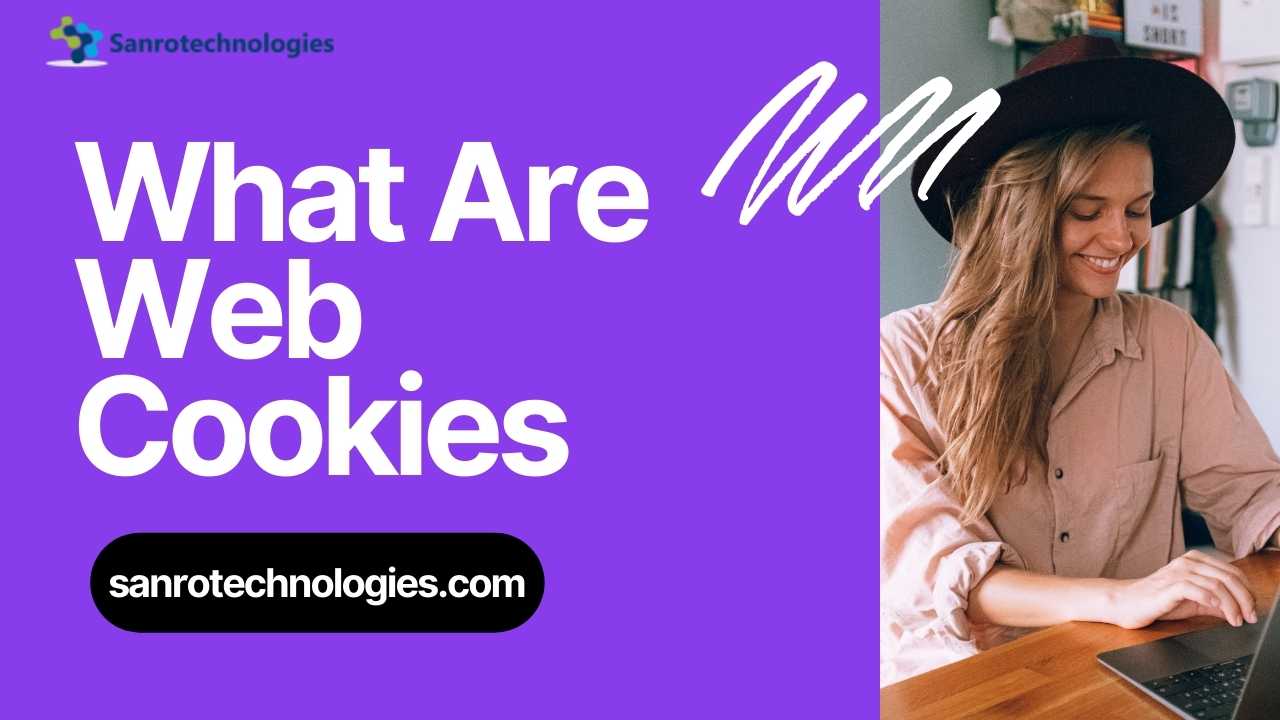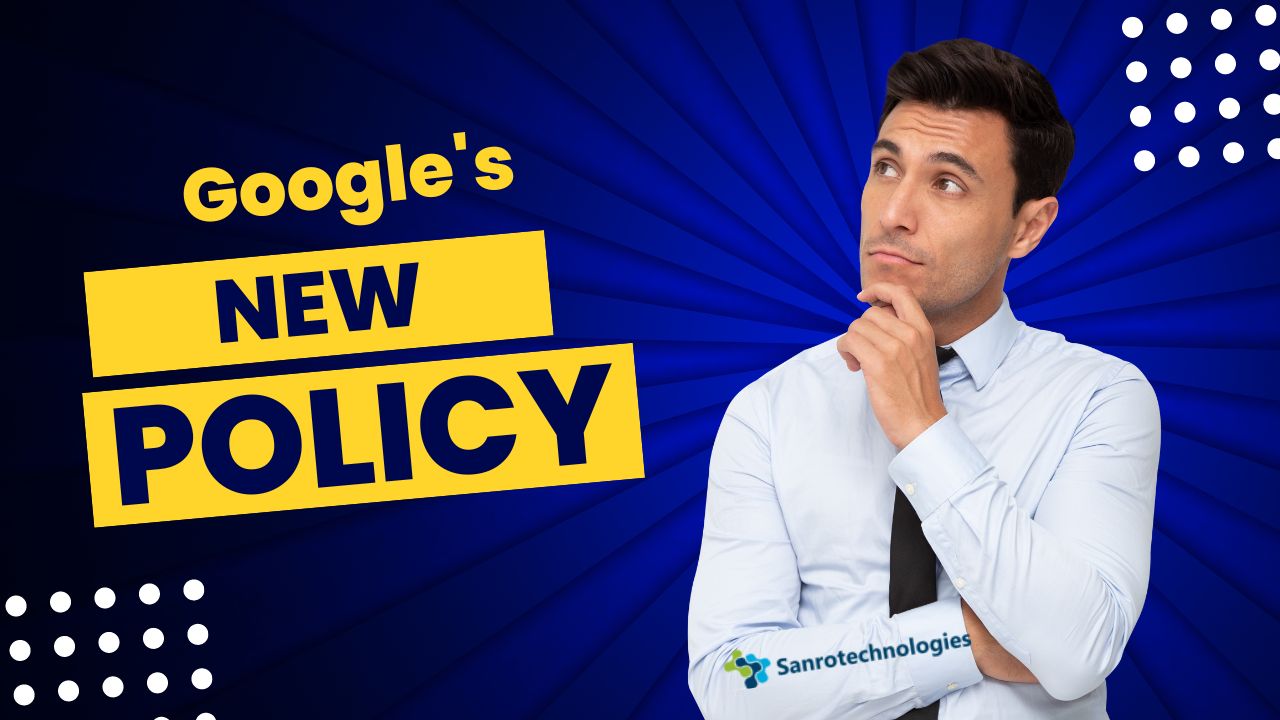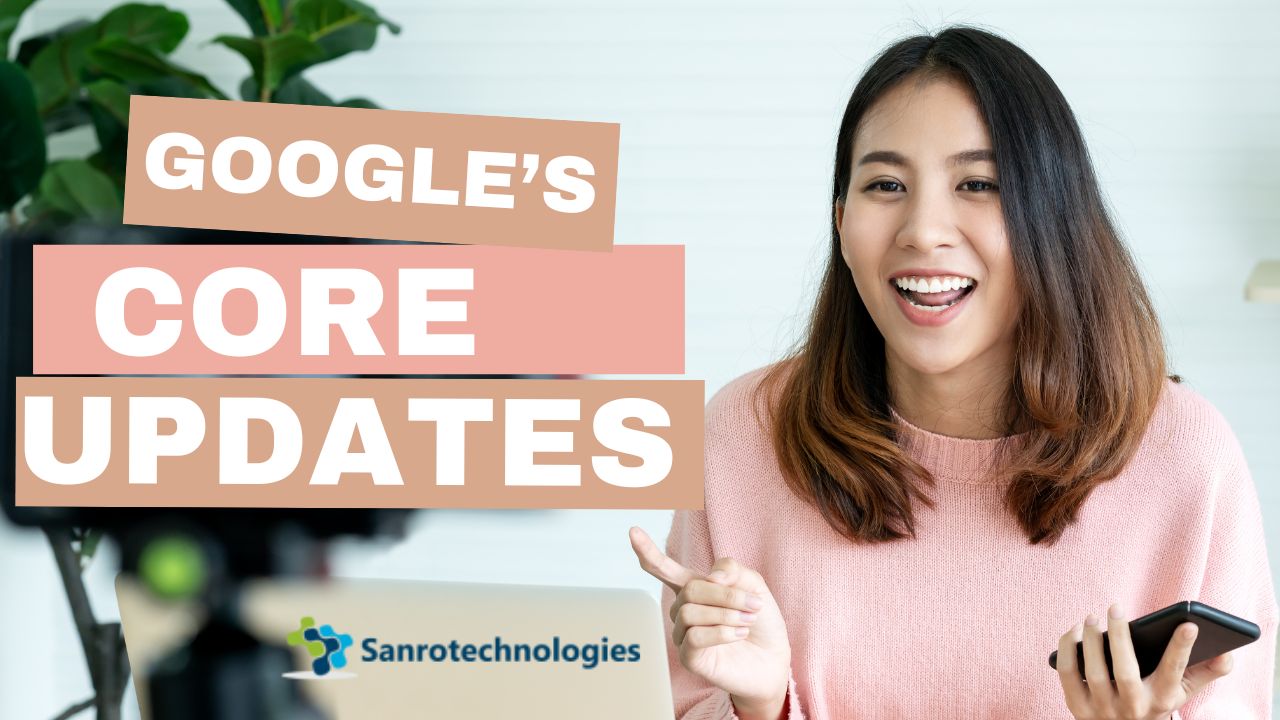Welcome! If you’ve ever wondered how to get the most bang for your buck with paid advertising, you’re in good company.
Many of us are navigating the complex world of online marketing, trying to find that sweet spot where our investments translate directly into results. So, let’s dive into how you can maximize your ROI with paid advertising, keeping things light-hearted and approachable.
And remember, we’re all about making these concepts easy to grasp, so no fancy jargon here – just friendly advice to help you on your journey.
In the dynamic digital marketing landscape, paid advertising is a beacon for businesses.
It aims to cut through the noise and directly reach its target audience.
Ah, you have paid advertising. It’s like planting a garden. You invest in some seeds (your ads), plant them in just the right spot (choose your platform), and then you wait, hoping for a bountiful harvest (a solid ROI).
But as any gardener knows, not every plant thrives. It takes the right combination of knowledge, timing, and a bit of luck.
In the bustling world of modern business, paid advertising can be your garden’s sunshine, provided you know how to use it wisely. So, let’s roll up our sleeves and get our hands dirty (figuratively speaking).
Paid Advertisement:
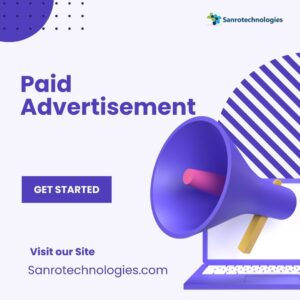 Paid advertisement, in its simplest form, is like buying a megaphone. It amplifies your message so more people can hear it. But instead of shouting in a crowded room, paid ads let you whisper directly into the ears of those who want to listen. Here’s how to make the most of it.
Paid advertisement, in its simplest form, is like buying a megaphone. It amplifies your message so more people can hear it. But instead of shouting in a crowded room, paid ads let you whisper directly into the ears of those who want to listen. Here’s how to make the most of it.
Know Your Audience for paid advertising:
It’s like planning a party. You wouldn’t serve sushi to a group of toddlers or play classical music at a teenager’s birthday bash. Understanding who you’re trying to reach is crucial.
Set Clear Goals:
What’s the end game? More website visitors? More sales? Knowing your targets is like having a treasure map. It guides every decision you make.
Track Everything for paid advertising:
If you’re not measuring, you’re guessing. Use tools to see which ads work and which ones fizz. It’s like checking which plants in your garden are thriving and which need more love.
Optimize:
Don’t be afraid to prune. If something isn’t working, tweak it. Sometimes, a tiny change in wording or imagery can turn a struggling ad into a superstar.
The Foundation of a Successful Paid Advertising Campaign
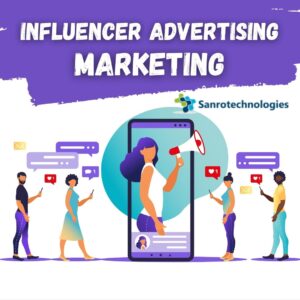 Before diving into the tactical execution, it’s crucial to understand the groundwork of a successful paid advertising campaign. It involves identifying goals, understanding the target audience, and selecting the right platforms.
Before diving into the tactical execution, it’s crucial to understand the groundwork of a successful paid advertising campaign. It involves identifying goals, understanding the target audience, and selecting the right platforms.
Identifying Your Campaign Goals
Every business uses paid advertising to increase brand awareness, generate leads, or drive sales. Defining these goals upfront will guide the strategy, choice of platforms, and measurement of success. These goals must be Specific, Measurable, Achievable, Relevant, and Time-bound (SMART).
Knowing Your Audience for Paid Advertising:
It is fundamental to understand who your customers are, where they spend their digital time, and what messages resonate with them. Creating buyer personas can be a valuable exercise to capture these insights. This knowledge directly impacts your ad targeting, ensuring your ad dollars are spent on reaching the most relevant audience.
Choosing the Right Platforms
Not all advertising platforms are created equal, and their effectiveness varies by audience and objective. Whether it’s Google Ads for capturing search intent, Facebook Ads for detailed demographic targeting, or LinkedIn for B2B outreach, selecting the right platform is a critical first step in maximizing ROI.
Crafting Compelling Advertisements
With the groundwork laid, the focus shifts to crafting advertisements that capture attention and inspire action.
The Power of Ad Copy
Strong ad copy is a blend of clarity, persuasion, and relevance. It should communicate the value proposition and include a compelling call to action (CTA). A/B testing different headlines and descriptions can uncover the most effective messaging.
Visuals That Engage for Paid Advertising:
The importance of eye-catching imagery or video must be balanced in a landscape dominated by visual content. High-quality visuals that align with the brand and the message can significantly increase engagement and conversion rates.
Landing Pages That Convert for paid advertising:
The journey doesn’t stop at the click. Ensuring that the landing page is optimized for conversion is pivotal. It should reflect the promise made in the ad, provide clear value, and have a straightforward pathway for the user to take the desired action.
Leveraging Targeting and Retargeting
To ensure the right eyes see your advertisements, sophisticated targeting and retargeting strategies are indispensable.
Fine-tuning Ad Targeting
Utilizing platform targeting capabilities, such as demographics, interests, behaviors, and location, allows for the precision delivery of advertisements. This targeted approach ensures higher relevance and, consequently, better ROI.
The Magic of Retargeting for paid advertising:
Retargeting is a powerful technique to re-engage individuals who have interacted with your brand but have yet to convert. By displaying ads to these warm leads, you’re significantly more likely to convert them into customers.
Smart Budget Allocation and Bid Strategies
Wisely managing your advertising budget and selecting the right bid strategy can make or break your campaign’s success.
Setting a Realistic Budget
Setting a budget that reflects your goals and the competitive landscape of the platforms you’re using is essential. Start small to test the waters, then adjust based on performance data.
Choosing the Right Bid Strategy
Most advertising platforms offer various bid strategies tailored to different objectives. Whether it’s cost-per-click (CPC) for driving website traffic, cost-per-impression (CPM) for brand awareness, or cost-per-action (CPA) for conversions, understanding and selecting the right bid strategy is crucial.
Monitoring, Analysis, and Optimization
The job still needs to be done when the campaign goes live. Continuous monitoring, analytical review, and iterative optimization are essential to maximizing ROI.
Keeping Tabs on Performance for Paid Advertising:
Regular monitoring of campaign performance against the predefined goals allows for quick identification of issues and opportunities for improvement.
Analytics Deep Dive
Utilizing analytics tools, delve deeper into the data to understand user behavior, ad performance, and conversion pathways. This analysis can reveal valuable insights for optimizing the campaign.
The Cycle of Optimization
Armed with performance data, embark on an ongoing process of optimization. It could involve tweaking ad copy, visuals, targeting parameters, or landing page design to enhance ROI.
Modern Businesses for paid advertising:
In today’s digital landscape, businesses that master the art of paid advertising can see incredible growth. It’s not just about throwing money at the screen and hoping something sticks. It’s about strategic choices. Here are some insights:
Digital Presence is Key:
Imagine opening a store where no one walks by. That’s a business without an online presence. Paid ads can be the signboard that directs traffic to you.
Engagement Over Everything:
It’s not just about reaching people; it’s about touching their hearts and minds. Engaging content leads to higher returns because it resonates more with the audience.
Flexibility:
The digital world changes fast. Being able to pivot and adapt your advertising strategy is like being an agile surfer riding the wave instead of being crushed by it.
Conclusion
Remember, the key to maximizing your ROI with paid advertising is not spending more but more brilliant. It’s a journey, not a race. Take the time to learn, adjust, and find what works best for you. Like any good investment, it pays off in the end.
As we navigate the ever-evolving digital marketing landscape, remember that the key to success lies in following best practices, staying adaptable, learning from data, and always striving for improvement. Take this guide as a starting point, and let your experiences and insights lead the way to achieving outstanding ROI from your paid advertising campaigns.
Frequently Asked Questions
Q1. Is paid advertising worth it for small businesses?
Absolutely! Think of it as an investment in your growth. Even a tiny amount, spent wisely, can yield significant returns.
Q2. How much should I spend on paid ads?
Start with a budget you’re comfortable with, and adjust as you go. It’s like finding the right amount of water for your plants – too little and they won’t grow, too much and they’ll drown.
Q3. Can I do paid advertising on my own?
Yes, you can! There’s a learning curve, but with so many resources available, it’s like learning to cook. Start with easy recipes and work your way up.
Q4. How quickly will I see results?
It varies. Some see instant changes; for others, it’s a slow burn. Patience is key. It’s like waiting for a cake to rise. Keep checking, but give it time to work its magic.
